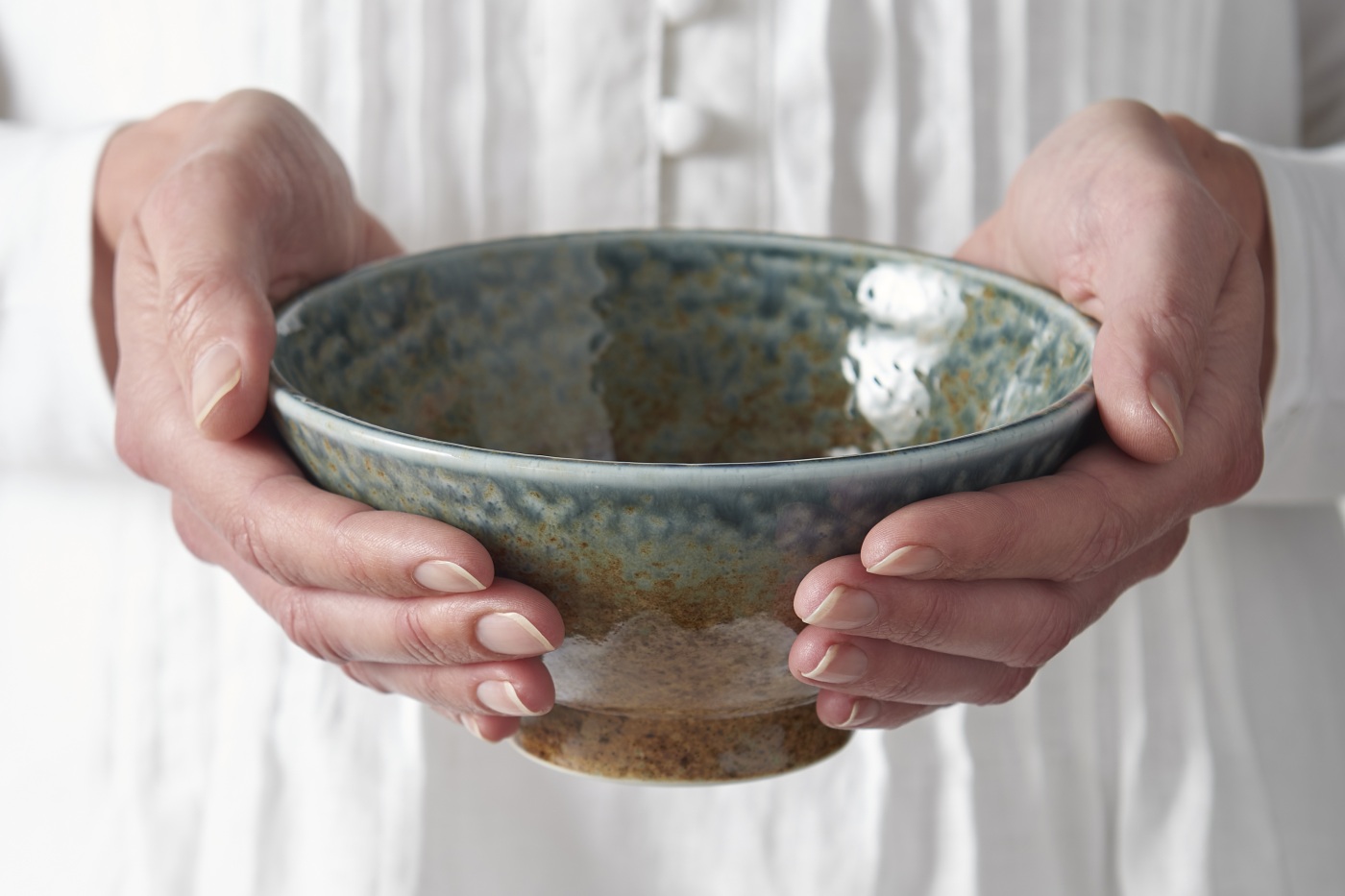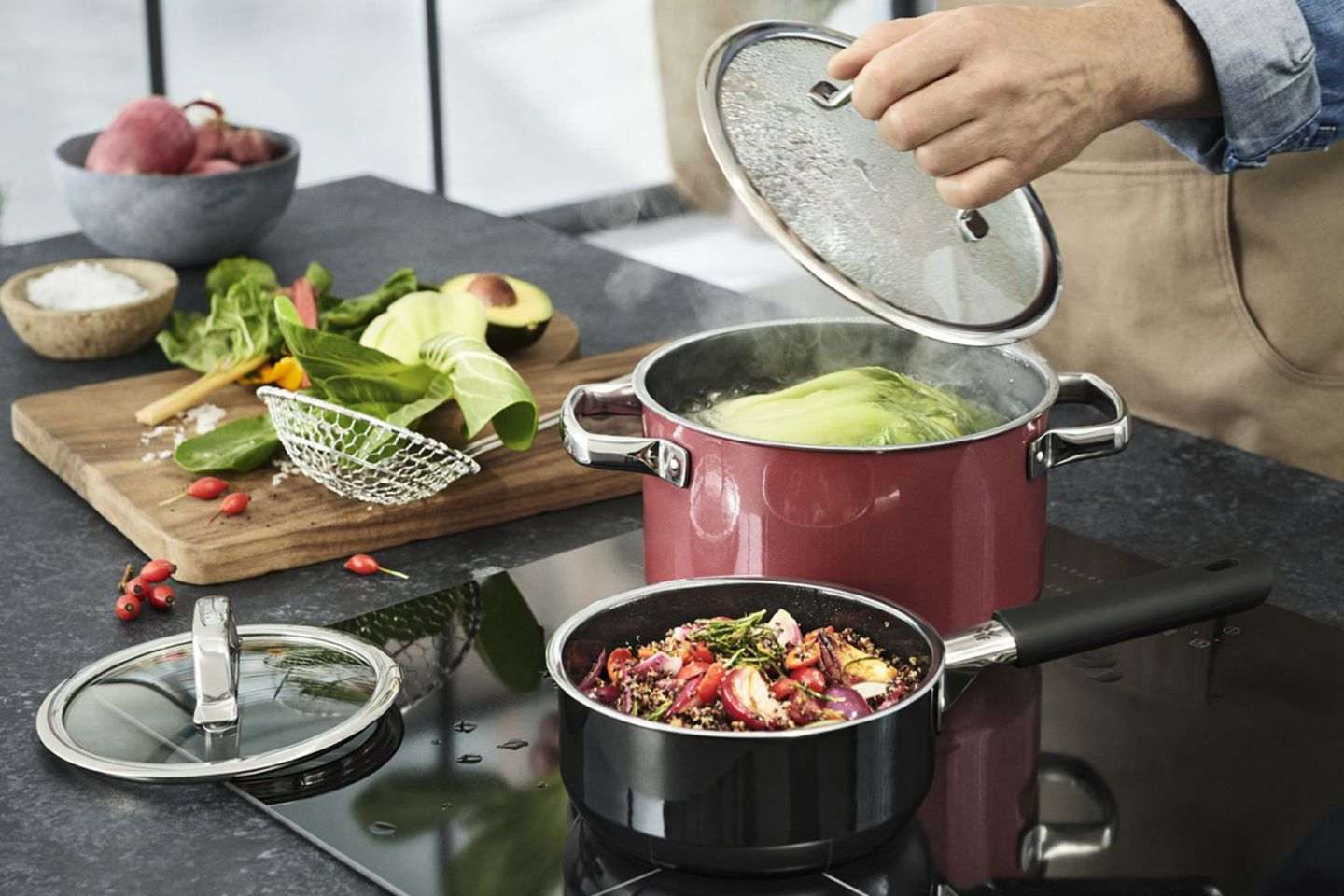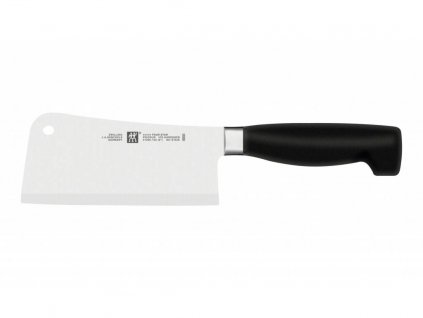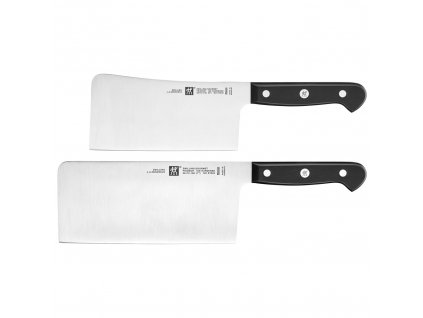Cleaver knife – your powerful kitchen tool
What is a cleaver knife and what can you use a cleaver for?
A cleaver is a huge knife resembling a rectangular-bladed hatchet. Although it may seem uncomfortable, once you start using it, you will rise it as often as your chef's knife. Its strong multi-use blade may be used for:
- splitting up large pieces of soft bones
- chopping through large pieces of meat
- cutting large vegetables such as pumpkin, cabbage or squash
- chopping all kinds of vegetables
- crushing garlic cloves
- filleting fish
- scooping up chopped ingredients and transferring them to the pot, pan or wok
How many types of cleaver knives are there?
In Kulina, you will find a selection of premium cleavers from such world-known brands like Wusthof and Zwilling. Choosing the right cleaver knife is crucial and depends on the task you would like to perform most often and ingredients you want to prepare with it. There are several sorts of cleavers that you can buy, with blades of different shapes and sizes and each one has its own characteristics.
- Meat cleaver
A meat cleaver is a culinary instrument used to cut through huge portions of meat, tendons and bones. The cleaver may be used to handle softer bits of meat as well as chop bones, cartilage, and sinews. It can effortlessly handle beef, pig, and fish and is usually used to split roasts and fowl.
- Chinese cleaver
Large knives known as "Chinese cleavers" are generally used in Chinese cuisine, but they are suitable for various forms of home cooking. They feature a broad blade with soft curves and a rounded edge. You'll find yourself reaching for a Chinese cleaver every day to chop, slice, dice, and mince all the ingredients for your favourite meals.
- Vegetable cleaver
A vegetable cleaver - a large, squared knife with a very wide blade - is perfect for cutting large veggies like cabbage, chopping hard vegetables like carrots, onions, and celery but also softer ones like tomatoes.
How to take care of your cleaver knife?
Kitchen knives are quite an investment so if you want your cleaver to last for ages, make sure you follow these simple rules for cleaning and storing your knives:
- knives are often dishwasher-safe but we recommend you clean your knife by hand as dishwasher detergents can damage the surface of a steel blade
- if a knife has a wooden handle, do not put it in the dishwasher
- to prevent wooden handles from becoming dry, regularly oil them with linseed oil or beeswax
- store your ham knife separately so that the blades do not get dull. Use a knife block or rack or a knife case
- sharpen your cleaver knife regularly using a knife sharpener -
- use a cutting board that is knife-friendly and big enough to accommodate the ham that you want to slice
.png)










